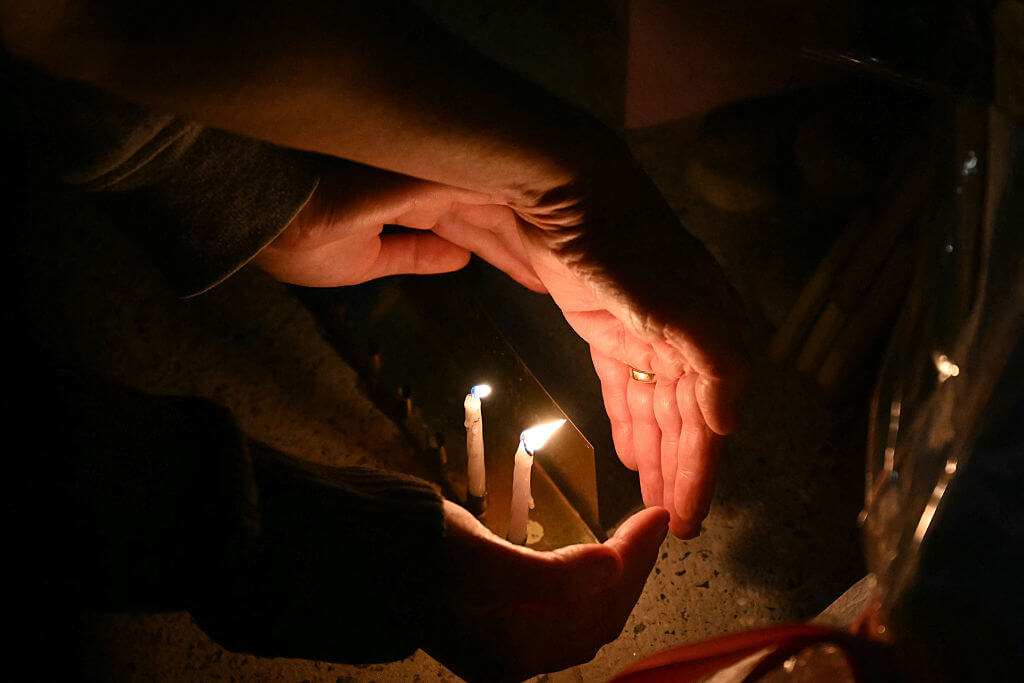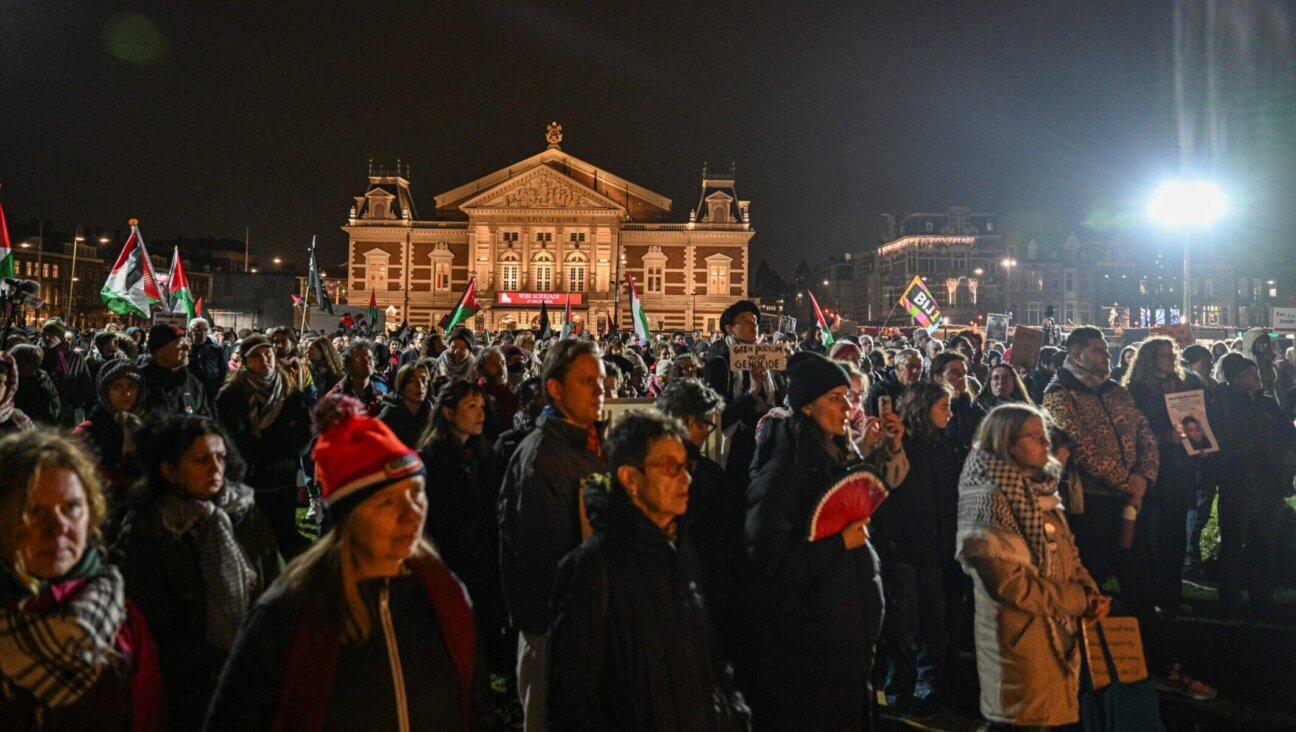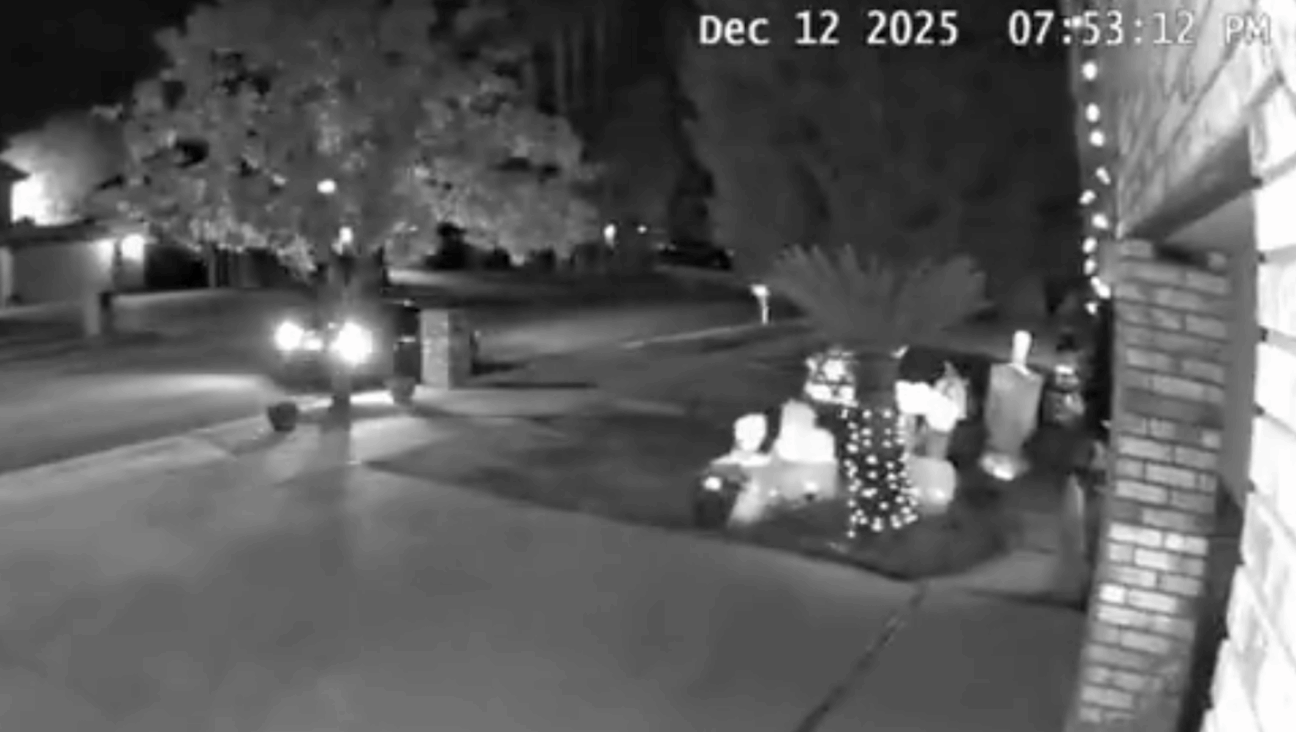Papers Reveal Secret Struggle To Display Washington’s Letter

Graphic by Angelie Zaslavsky

Historic: Touro Synagogue, the oldest synagogue building in America, has been home to more than one congregation. Image by Stephen Brosnahan/GW Institute for Religious Fredom
The mystery surrounding President Washington’s famous 1790 letter guaranteeing religious liberty in America continues.
As the Forward revealed last week, Washington’s letter to the Hebrew Congregation of Newport, R.I., disappeared from public view almost a decade ago, after the B’nai B’rith Klutznick National Jewish Museum, where the letter had been displayed for half a century, moved to a smaller location and put the document into an art storage facility in suburban Maryland.
The Morris Morgenstern Foundation, which owns the letter and loaned it to the museum, has kept such tight control over it that even top American Jewish historians had no idea where it was. Now one of those scholars has uncovered historical records detailing a secret tug-of-war between the congregation of Touro Synagogue in Newport and Morris Morgenstern, the New York philanthropist who bought the letter in 1949 at a fraction of what the iconic document is worth today.
Touro’s congregants considered themselves to be the historical heirs of the recipients of the original letter, in which Washington pledged that the new United States would give “to bigotry no sanction, to persecution no assistance.” Minutes from synagogue meetings, uncovered by a history professor at the University of Pennsylvania, show that Morgenstern originally considered loaning the letter to the congregation — and that the congregation simultaneously made preparations to sue Morgenstern to get the letter back.
Beth Wenger, director of Penn’s Jewish studies program, discovered the documents in the jumbled archives of Congregation Jeshuat Israel while she was researching her latest book, “History Lessons: The Creation of American Jewish Heritage.”
Congregation Jeshuat Israel made its home in Touro synagogue and at a special meeting held on January 15, 1950 — one year after Morgenstern bought the letter — the minutes show, a committee was set up to travel to New York to negotiate with Morgenstern on behalf of the congregation.
The minutes reveal that congregants believed they had a legal right to the letter and that briefs had been prepared in New York “to obtain the letter for the congregation by legal means.”
One congregant, John Danin, even suggested that acquiring the letter on loan from Morgenstern “would be a good start towards ownership, and that once it was here it would probably never be taken away.”
It’s still unclear why that loan never took place, or why Morgenstern chose instead to loan the letter to the Klutznick museum. The foundation declined to comment.
Since the museum put the document in storage, the new National Museum of American Jewish History in Philadelphia and the Library of Congress have sought to display the letter, to no avail.
“A document of that level rises to the status of a Declaration of Independence or a Bill of Rights,” said Keith Stokes, executive director of the Rhode Island Economic Development Corporation. “It really deserves to be in the Smithsonian or the Library of Congress, so all peoples can learn from it.”
The letter did make it back to Newport — once. Morgenstern took it there in 1958, to mark the tercentenary of Jewish life in the town. But Rita Slom, a congregant who was in Newport at the time, said she believes the letter was kept at the town’s Hotel Viking, and only for a very short time.
“It was probably just a couple of days,” said Slom, 78. “It could not have been any longer than that because they would not have kept it in the synagogue or hotel unless it was under guard.”
Despite the congregation’s muscular approach, the shul’s rights to the letter are not clear-cut.
The original Congregation Jeshuat Israel, the one Washington addressed, was a Sephardic community that disappeared after Newport fell into decline at the start of the 19th century. About 50 years later, waves of Eastern European immigrants revived Jewish life in Newport, but none were lineal descendants of the original congregation.
According to synagogue minutes, the long-lost letter only emerged in 1947 as part of a traveling exhibition of great American documents, such as the Declaration of Independence, called the Freedom Train.
The minutes recount that a plaque accompanying Washington’s letter on the Freedom Train revealed that Howard Millman owned the letter. According to a Newport Daily News article of the period, Millman was a descendant of Moses Seixas, the warden of Touro Synagogue who received Washington’s letter in 1790.
The same article also stated that Morgenstern bought the letter “before a Newport movement to purchase could be organized.” The Forward estimates that he purchased it for something between $10,000 and $15,000. Shortly afterward, Congregation Jeshuat Israel began its negotiations with Morgenstern.
But before they did so, Alexander Teitz, a board member of the Society of Friends of Touro Synagogue, advised the congregation that if they accepted the letter on loan they risked waiving their legal rights to it. So Teitz, a lawyer, suggested inserting a clause in the agreement.
When the synagogue delegation traveled to New York in February 1950, they did so armed with a stipulation that by accepting the letter they did not waive their rights to it. They also requested that the letter be loaned to the synagogue for a minimum of ten years.
Morgenstern, meanwhile, donated $550 to the synagogue toward a display case for the letter and a further $450, which he raised from other donors.
The meeting in New York had a “very friendly atmosphere,” according to synagogue minutes, which recorded that Morgenstern and his representatives were “amenable to every suggestion made by the congregation representative.”
By June, however, negotiations appear to have soured.
Samuel Adelson, a prominent member of the shul, reported back to the congregation that Morgenstern was willing to give up the letter but that he had some terms of his own, which were yet to be revealed. “If negotiations fail,” Adelson said, “the matter will have to go through federal courts.”
The congregational leaders were so sure of themselves that they began discussing plans to build a fireproof vault in the synagogue’s northwest wall.
But when the Touro delegation returned to New York later that June, Morgenstern did not attend a preplanned meeting. Instead, the delegation was told that Morgenstern had been advised by a lawyer to stay away so that “no process or injunction could be served.”
Howard Rubenstein, the legendary New York public relations man and Morgenstern’s spokesman from the mid-1950s, said he was not present at these discussions. But he did remember negotiations between the Morgenstern Foundation and Touro synagogue after 1954.
“I have some recollection he was reluctant to lose control of the letter,” said Rubenstein.
Rubenstein said Morgenstern was worried that too few people would see the letter if he loaned it to Touro and that he might lose control of the document altogether. Referring to the negotiations, Rubenstein said, “It started out in a very friendly way. It ended up with, I think, both sides being somewhat aloof.”
Today, Touro Synagogue has nowhere near the funds necessary to care for the letter, which is sensitive to light, heat and humidity. The letter is also very valuable. Specialists in the rare document world believe it could be worth as much as $10 million.
Ambassador John L. Loeb Jr., who recently paid for an eponymous $10 million visitor center next door to the synagogue, once approached the Morgenstern Foundation about buying the letter. But Stokes, of the Rhode Island Economic Development Corporation, who accompanied Loeb in those discussions, said that in addition to the cost, the level of security required and the liability were too great.
There remains another question regarding Morgenstern’s purchase.
A New York Times article, in 1951, named Morgenstern as a director of the Society of Friends of Touro Synagogue — now The Touro Synagogue Foundation — as early as 1950.
Andy Teitz, chairman of the Foundation, said that if Morgenstern was on the board in 1949 there may be questions regarding the legality of the purchase.
Teitz, whose father, Alexander, warned the Touro congregation of its legal rights 60 years ago, said: “If Morgenstern was on the board when he came into contact with the letter, I would argue he had a fiduciary duty to acquire it for the congregation.”
Contact Paul Berger at [email protected]

















